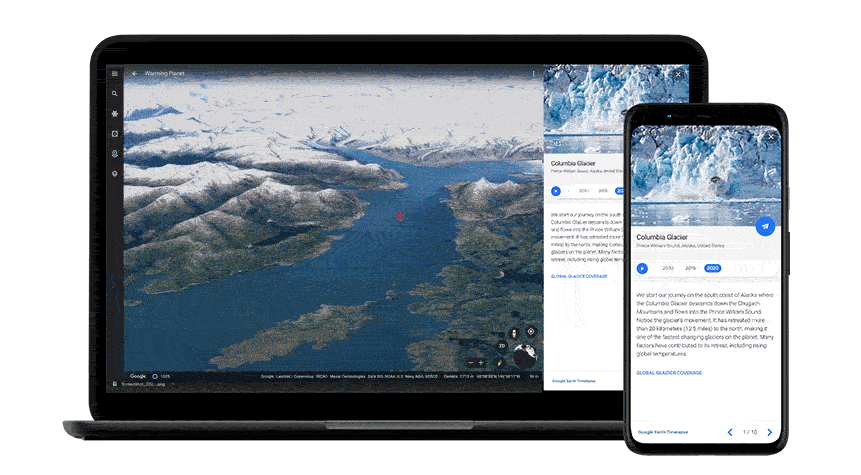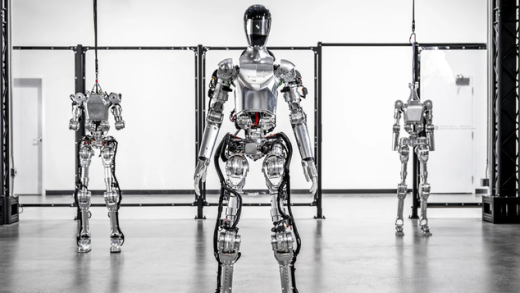Like so many, I’ve been spending more time outdoors this year, whether it’s taking walks with my dog or hiking with my family. This extra time in nature has given me a deeper appreciation for the work being done to preserve our planet for future generations. At the same time, wildfires and other climate disasters around the world remind us of how urgent that work really is.
That’s why, with Earth Day this week, I’m so excited about the progress we’re making at Google towards our goal to operate entirely on 24/7 carbon-free energy by 2030. This commitment goes beyond being carbon neutral (which we’ve been since 2007) and matching our operations with 100% renewable energy, which we’ve now done over four consecutive years. (See below for an explainer on why carbon-free energy is our most ambitious sustainability goal yet.)
Within a decade we aim for every Google data center, cloud region, and office campus to run on clean electricity every hour of every day. And today I’m proud to announce that five of our data center sites — in Denmark, Finland, Iowa, Oklahoma and Oregon — are now operating near or at 90% carbon-free energy.
Progress on round-the-clock clean energy
We’re seeing an increase in carbon-free energy across many of our sites due in large part to new renewable energy projects. To date, we have committed approximately $4 billion to purchase clean energy from more than 50 wind and solar projects globally through 2034. Last year, many of those projects came online, including hundreds of new wind turbines and hundreds of thousands of solar panels, which are helping to improve carbon-free energy performance at several Google data centers.
For example, a new offshore wind farm is helping to supply electricity to our Belgium data center, and new solar projects helped pave the way for a nearly 17 percentage-point increase in carbon-free performance at our data center in the state of Georgia. Beyond renewable energy procurement, we are making good progress on 24/7 carbon-free energy in other ways, including shifting data center backup generation to batteries, advancing time-based clean energy tracking, and enabling Cloud customers to select the lowest carbon regions.
Helping everyone make more sustainable choices
In September we also committed to finding more ways our products can help 1 billion people make sustainable choices by 2022. Soon, Google Maps will default to the route with the lowest carbon footprint and let you compare the relative carbon impact between routes. Nest thermostats are helping U.S. customers save billions kWh of energy. And with nearly four decades of planetary imagery, Timelapse in Google Earth, released last week, can help everyone better understand climate change.

Our carbon-free goal is as ambitious as other moonshots like building a quantum computer or developing a self-driving car. I’ve never been more optimistic about our collective ability — as governments, companies and individuals — to come together and chart a more sustainable path forward for our planet. We’ll continue to lead by example in our operations, support our partners, and build helpful products to build a carbon-free future for all.
Source : New progress toward our 24/7 carbon-free energy goal















